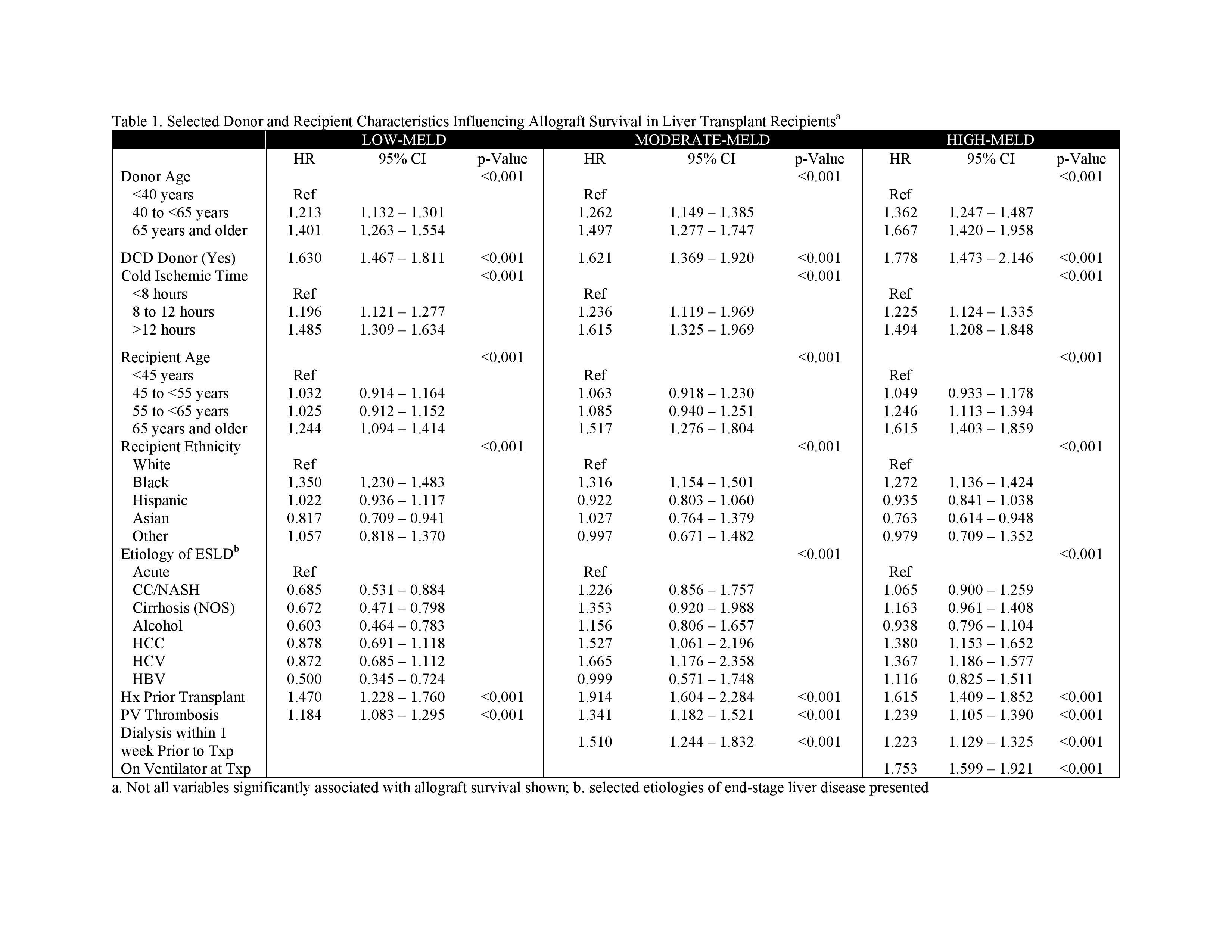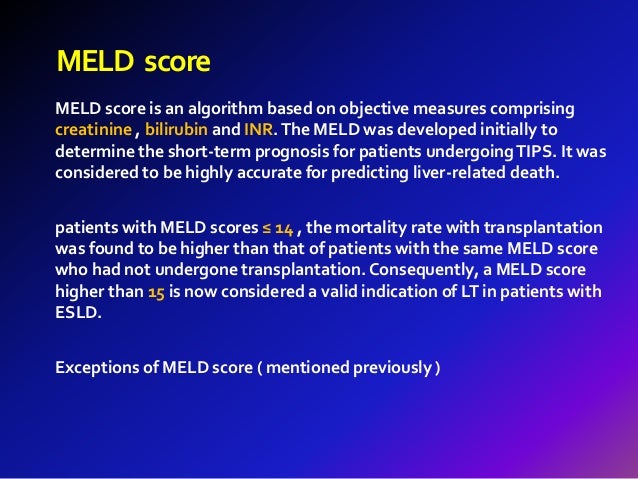

The present study aimed to investigate the role of Tβ4 promoter methylation status in peripheral blood mononuclear cells (PBMCs) in the prognosis of patients with ACHBLF.įrom October 2018 to May 2021, 115 patients with ACHBLF, 80 with pre-ACHBLF, 86 with chronic hepatitis B (CHB), and 36 healthy controls (HCs) were recruited at the Department of Hepatology, Qilu Hospital of Shandong University. Therefore, it is reasonable to presume that Tβ4 methylation may be an early biomarker that predicts the prognosis in patients with ACHBLF. Our preliminary findings show that Tβ4 hypermethylation is associated with the severity of ACHBLF and that its methylation status changes with the degree of hepatocyte inflammation in the presence of glucocorticoid therapy. However, the serum Tβ4 levels were measured only by enzyme-linked immunosorbent assay in previous studies, up to now there has been little relative quantitative assessment of the relationship between the expression of Tβ4 and the prognosis in patients with ACHBLF. Previous findings indicated that Tβ4 plays an important role in the prognosis of liver failure. Taken together, Tβ4 is involved in many diseases as an anti-inflammatory factor. demonstrated that Tβ4 has antioxidant, anti-inflammatory, and antifibrotic potential in mice with alcoholic liver injury. Moreover, Tβ4 attenuates liver fibrosis by upregulating expression of hepatocyte growth factor (HGF) and downregulating expression of platelet-derived growth factor-β (PDGF-β). A recent study shows that Tβ4 also protects mice from CCl 4-induced acute hepatocyte damage. Tβ4 plays a key role in wound healing, protecting tissue from damage, promoting tissue regeneration, and promoting epidermal and cardiac wound healing,. Thymosin β4 (Tβ4) is an acidic tripeptide comprising 43 amino acids and has a molecular weight of 4964.5 Da it is the major G-actin-sequestering molecule in eukaryotic cells. Previously, we confirmed that DNA methylation inhibits transcription of several genes and plays an important role in the biological processes that drive liver diseases,. In other words, DNA methylation is associated with many diseases. Recently, it has become a vital method for studying the mechanisms underlying disease. A growing body of evidence suggests that DNA methylation is associated with the regulation of imprinted gene expression, X chromosome inactivation, embryonic development, cell differentiation, and tumor suppressor gene silencing in human cancers.

The genes regulating hepatocyte inflammation may provide new insight into the search for biomarkers of the prognosis of liver failure.ĭNA methylation of the mammalian genome is the most intensely studied epigenetic modification because it regulates so many biological processes methylation is carried out by methyltransferases, which add a methyl group to the C5 position of cytosine to form 5-methyl cytosine (5-methylcytosine, 5mC). Immune-mediated liver injury and systemic inflammatory responses play a major role in the pathogenesis of HBV infection. During the course of liver failure, the body releases a large number of inflammatory cytokines, nitric oxide, reactive oxygen species, and activated immune cells (Kupffer cells), all of which contribute to inflammation and hepatocyte death,. As far as we know, the pathogenesis of ACHBLF is complicated and little is known about it. The pathogenesis of ACHBLF may contribute to the search for new biomarkers that reflect early prognosis of ACHBLF. Early warning and intervention of these patients with pre-ACHBLF are crucial to reduce the morbidity and mortality associated with ACHBLF. Hence, early sensitive and accurate prediction scores or biomarkers of prognosis are needed urgently. In recent years, Chinese experts and scholars have proposed a new clinical type – acute-on-chronic hepatitis B pre-liver failure (pre-ACHBLF), which is the early stage of progression from CHB to liver failure.

The poor prognosis and high mortality of patients with ACHBLF is a challenge for clinicians. It is a type of end-stage liver disease that progresses rapidly and is characterized by failure of one or more organs short-term mortality is high. Acute-on-chronic hepatitis B liver failure (ACHBLF) is a clinical syndrome caused by acute and severe impairment or loss of hepatocyte function in patients that already have chronic liver disease due to hepatitis B virus (HBV) infection.


 0 kommentar(er)
0 kommentar(er)
